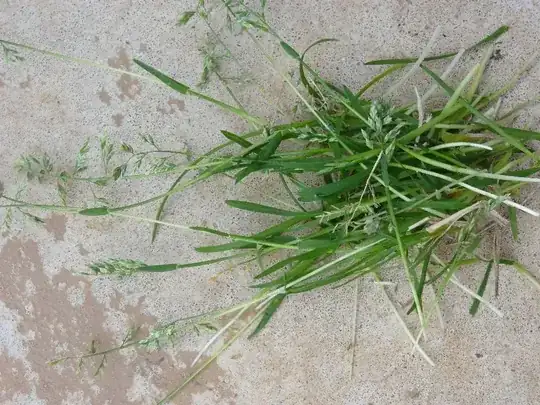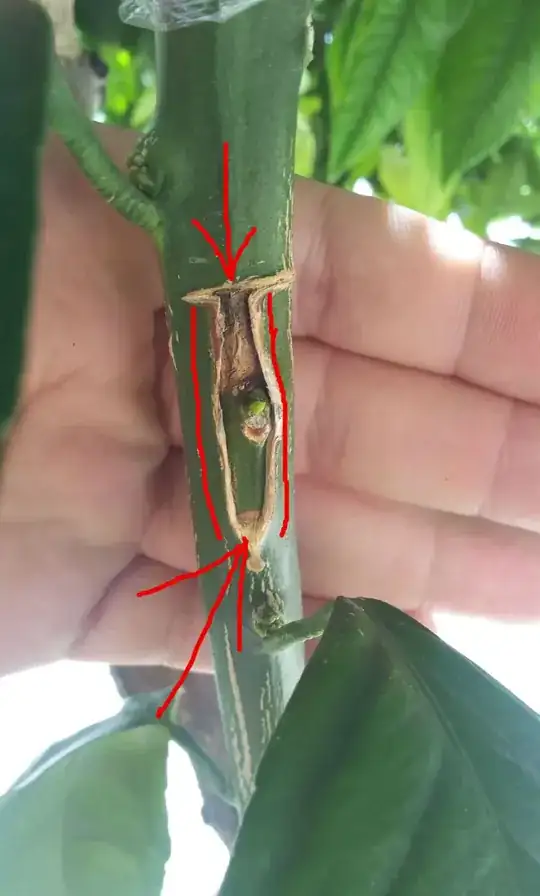In a T budding technique of grafting fruit trees, how does the cambium layer of the bud come into contact with the cambium layer of the rootstock?
How does this great method have such a high success rate if there is no direct contact between the cambium layers?
The upside down T method is usually more recommended.
Here is a great video that demonstrates this method.
This is the photo that I made that shows where I think there is contact between the cambium layers, let me know if I am correct or not:

